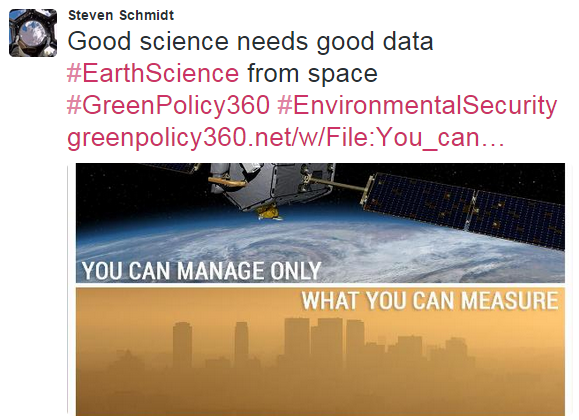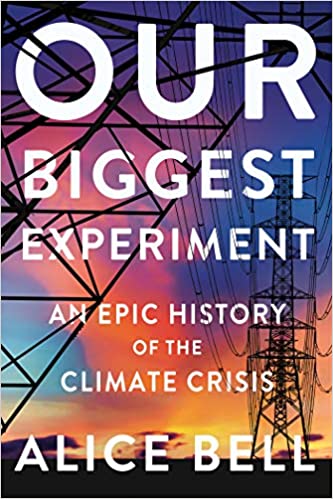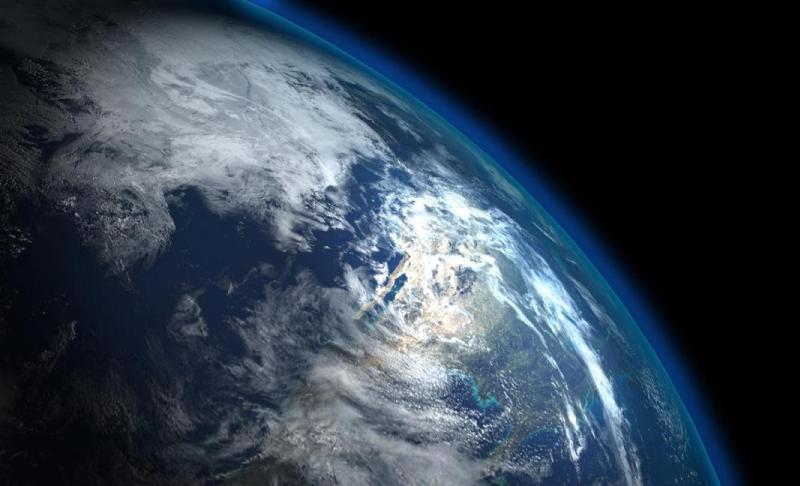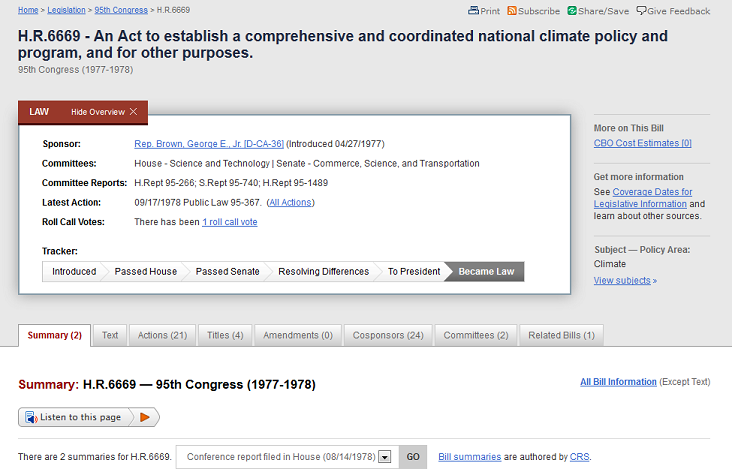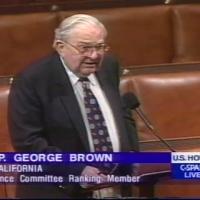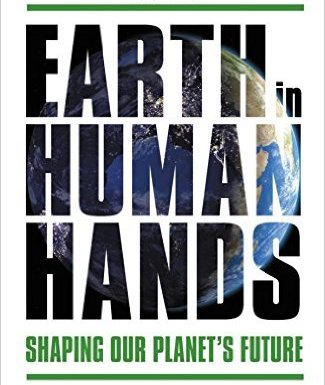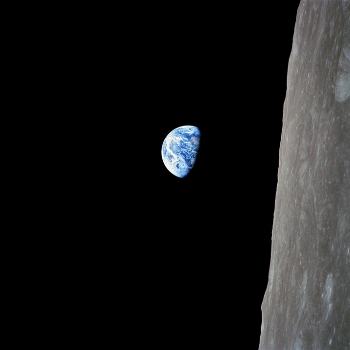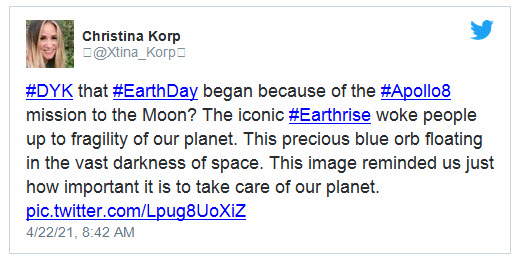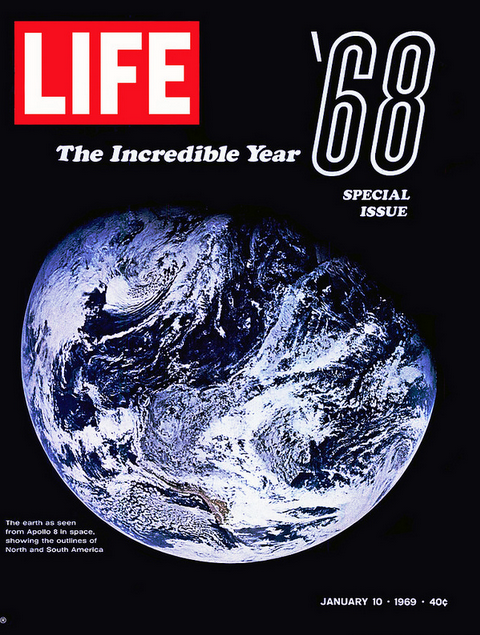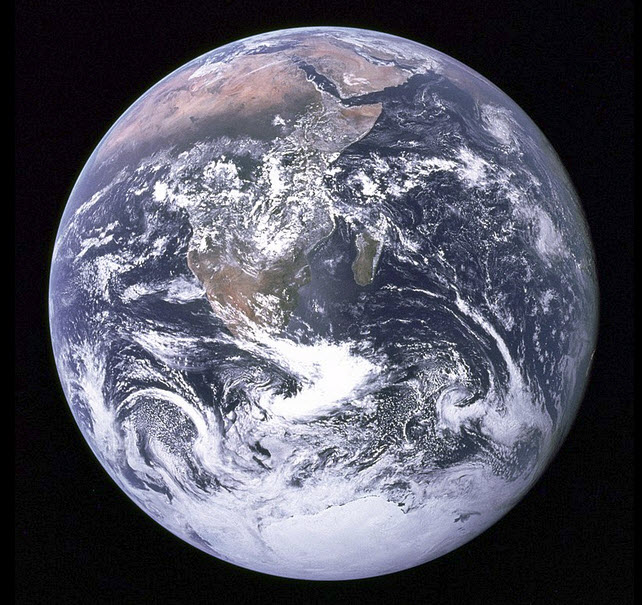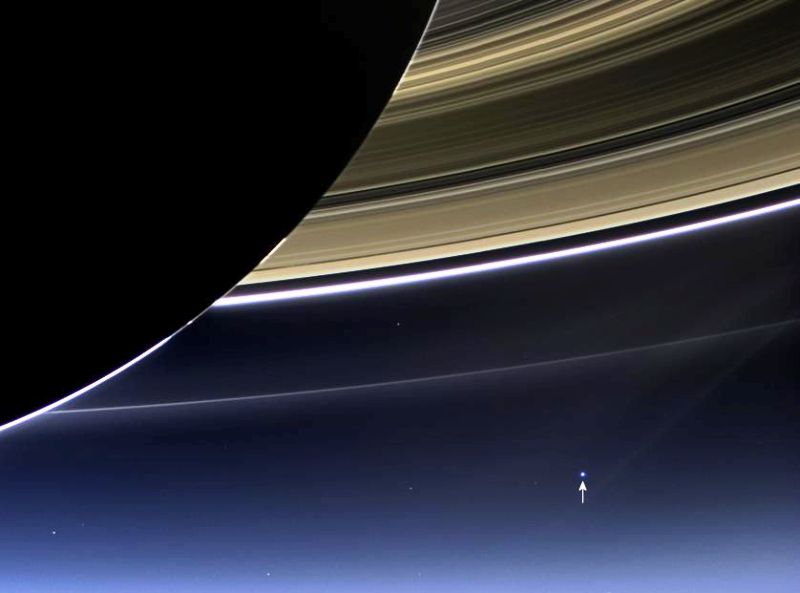File:Good science needs good data .png
Good_science_needs_good_data_.png (579 × 420 pixels, file size: 223 KB, MIME type: image/png)
GreenPolicy360: Our Position on the Use of Science
• https://www.greenpolicy360.net/w/Stats_-_Green_Research_%26_Science
• https://www.greenpolicy360.net/w/Category:Climate_Policy
• https://www.greenpolicy360.net/w/Category:Earth_Observations
🌎
Worldometer / World Statistics
🌎
Our World in Data -- https://ourworldindata.org/about
Our World in Data is one of the best sources available online for gathering data in its various forms, fields, presentations and timelines.
Our World in Data is launching (as of 2024) -- Data Insights. Take some time and check it out. GreenPolicy360 agrees that data enables us to 'measure and manage.'
"Research and data to make progress against the world’s largest problems"
🌎
Planet Citizens in Action
Earth Science to Protect & Preserve a Sustainable Earth
- Back to the Beginnings: Earth Science, New Visions of Security
The Beginnings of the Modern Environmental Movement (PDF)
- Time to act to make a positive difference
* https://www.greenpolicy360.net/w/File:Above.png
Flashback -- 1959, Scientific American
🌎
Planet Citizens, Planet Scientists, Preserving & Protecting the Home Planet Earth
Steven Schmidt/GreenPolicy360 Founder: In the 1960s and 1970s, Representative George E. Brown proposed and set in motion a first generation of Earth Science missions and programs that continued over the decades. When one looks at today's Earth Science Research from Space and accumulative science data acquired over the decades, we are seeing the results of George's vision. As an engineer with a physics background, he knew we would need good scientific data to make the decisions guiding how we respond to the great challenges of our times, the existential threats on multiple fronts, and we are tapping into the results of programs designed to produce the knowledge base George Brown knew would be needed to make wise decisions. Whether we make the necessary decisions is up to our generation. Every generation has a 'generational responsibility' as we, at GreenPolicy360 see the challenges all of us must face, as Planet Citizens. George Brown was first to see and act as he drafted the National Climate Program Act legislation in 1978. He pushed to set up a new Science and Technology Office to press President Carter on the climate change danger (see their letter, attached here, and he continued to support and press forward with an array of scientific research programs and missions with vision over the 1980s and 1990s.
GreenPolicy360's founder was fortunate, beginning in the 1960s, to listen to Congressman Brown Congressman George E. Brown point to the NASA plan and explain how he saw Congress put into action the reality of a multi-year, coordinated, multi-agency program to achieve mission goals.
Earth science, measuring and monitoring Earth's life-enabling systems was given highest priority. Landsat's program was set in motion as a decades long, first-ever digital scanning remote satellites data collecting study. An array of satellites began to launch, creating and combining the expanding resources of NASA, USGS, NOAA, and an array of educational and scientific institutions and aeronautics business.
🌎
At the Beginning of U.S. Science on Global Warming, Strategies & Planning
1978, the First Climate Actions
In 1979 came the first follow-on National Science Academy report. This study and report of national scientists was prescient and accurate in its global warming predictions.
First National Climate Act, Historic Work, 1978
GreenPolicy360 Siterunner / SJS: The beginnings of modern environmental and climate science can be traced to the 1960s and 1970s. The U.S. National Academy of Sciences played a key role in laying a foundation of scientific reports and data.
Energy and Climate Report, 1977, National Academy of Sciences / 175 pp. / PDF via GreenPolicy360
Rep. George Brown took the findings of the 1977 Energy and Climate Report from the Academy of Sciences and made the science actionable. In a historic moment, he proposed and drafted the legislation of the first U.S. National Climate Program and shepherded its passage in 1978.
This first federal program established to study and assess scientifically the issues and risks of human-caused climate change became a foundation for comprehensive initiatives, with an array of new Earth Science missions led by NASA and NOAA, the EPA and USGS.
🌎
From California to the World
GreenPolicy360: In the early years of the modern environmental movement, a conscious effort was made to construct a foundation of environmental laws and regulations on which a multi-year environmental protection framework could be built. Your GreenPolicy360 founder was one of those who believed in this constructive paradigm, using model legislation that could be locally developed, often in our state of California, then shared, 'exported' as we used to say, 'to the Feds' for adoption at the national level. The history here provides an ongoing modus operandi from the 60s and 70s until now as we deal with the pressing local, national, and international/global environmental threats and crises. We, at GreenPolicy360, call this "green best practices". Best practices is a model for sharing, networking, building on success and action. Templates and models, best practices made openly available, are our plans for having multiplier effects -- and it is our ongoing mission. A strong and resilient legal foundation and framework of environmental laws is an essential part of our overall work. We encourage you to join in as citizens of every nation, within your multiple and diverse legal systems and, we must add, as planet citizens.
When Congressman Brown drafted originating legislation establishing a national climate change research program via the National Climate Program Act of 1978, the scientific community and nation were just beginning to awaken to a new national security threat. I remember his concern, our concern. He was trained as a scientist, an engineer, with an ability to see facts and data sets in a way others could not.
Representative Brown was out in front of "Big Science". In his decades on the House Science, Space & Technology Committee, he worked to expand the reach of science. He knew that good data enabled good policy decisions. He pressed for first-generation earth science satellites and ongoing earth monitoring missions and data sharing.
Among his many initiatives, George Brown was a key figure in proposing, establishing, and then saving the Landsat program and its unique 'open-access' database of Earth Science imaging when President Reagan attempted to shut Landsat down. Landsat was a model for all the following earth science research missions from space and is now moving into its fifth decade with Landsat 9.
Earth Science Research from Space
- Landsat and Virginia Tower Norwood
○
Climate Modeling
Planetary-scale Earth simulations known as global climate model projections are the primary sources of information on future climate change.
Climate models are based on mathematical equations represented using a grid mesh that covers the globe: a finer grid mesh is more accurate but much more computationally expensive. Current global climate projections agree that a world with more greenhouse gases will be warmer everywhere, especially over land and at high latitudes.
NOAA scientists harness machine learning to advance climate models
March 1st, 2023
How artificial intelligence is fast becoming a key tool for climate science (2021)
🌎
GreenPolicy360: We're Into Earth Science
- We believe in 'critical thinking skills'
🌎
- Earth in Our Hands
○
Visit
GreenPolicy360's Environmental Studies Online
Visit
GreenPolicy360's Climate Problems, Climate Solutions
🌎
The Critical Importance of Science & Facts
Climate Change Denier Talking Points -- and Rebuttals
🌎
SJS/GreenPolicy360 Siterunner: "Earthrise" Science from above ... as Planet Citizens we first observed our Planet, Earth,
and a modern environmental movement arose...
The First Earth Day: Personal Memories by Steven Schmidt
The beginnings of a new vision of Earth, Earth Science and Earth Science from Space can be said to have begun with "Earthrise" ...
- "Earthrise" photo, 1968, NASA
- Earth comes into view as NASA astronauts circle the Moon...
Planet Citizen Vision of Living Earth
We remember !
The year was 1968, the month was December.
Humanity first envisions Earth from Above
The three Apollo astronauts scrambled for a camera and, with fortune, 'Earthrise' images were captured before Earth quickly passed by their window.
The Apollo 8 astronauts, as they were orbiting around the Moon, were surprised by what they suddenly saw, unexpectedly. Some on Earth began talking about a "Whole Earth" responsibility we felt, and a new strategic vision almost immediately arose.
In January 1969 a full-color majestic picture of our home planet was on the cover of Life Magazine. Our rising home planet surprising and overwhelming us all. Humanities vie of our world began to change...
Later astronaut pictures, Apollo 17 images looking back at our blue planet, would be called 'Blue Marble' Earth. We shimmered in space, full of potential...
Yet internationally our world was riven with war and conflict. It was a Nuclear era and Nuclear weapons bristled as two nations threatened catastrophe. The Atomic Age with its life ending Atomic Bomb hovered above us all.
The times called for peace, environmental protection, anti-nuke action -- and so we began...
Earth in human hands...
We shall not cease from exploration, and the end of all our exploring will be to arrive where we started and know the place for the first time.
-- T. S. Eliot
From our new vantage point, looking back from Earth's moon, humanity's understanding of ourselves and our place as stewards of life on Earth sprung forth. Overnight it seemed many realized we needed to go beyond the peace movement. Soon we began talking and planning for the first Earth Day. The modern environmental movement had work to do and we set ourselves to the task at hand.
New ways of seeing national security began with 'we're all planet citizens'. Above, looking back home, our Blue Planet calls to us to protect and secure life on Earth.
New Definitions of National & Global Security
• http://www.greenpolicy360.net/w/New_Definitions_of_National_Security
• https://www.greenpolicy360.net/w/Category:New_Definitions_of_National_Security
• http://www.greenpolicy360.net/w/Category:Environmental_Security
• http://www.greenpolicy360.net/w/Category:Environmental_Security,_National_Security
Visit GreenPolicy360's Associate -- Strategic Demands
- http://strategicdemands.com/
- http://strategicdemands.com/about/
- http://strategicdemands.com/environmental-security/
- http://strategicdemands.com/new-definitions-of-security/
Envisioning the Big Picture and Acting to Make a Difference
File history
Click on a date/time to view the file as it appeared at that time.
| Date/Time | Thumbnail | Dimensions | User | Comment | |
|---|---|---|---|---|---|
| current | 20:19, 30 April 2020 |  | 579 × 420 (223 KB) | Siterunner (talk | contribs) |
You cannot overwrite this file.
File usage
The following 14 pages use this file:
- Climate Change Denier Talking Points -- and Rebuttals
- Copernicus EU
- Earth Science Vital Signs
- Earth and Space, Politics
- Environmental movement
- George E. Brown Jr
- Micro-satellites
- OCO-2
- Too Hot
- Green Policy:About
- File:Earth Observing System - fleet of satellites.png
- File:Navigate with Knowledge - StratDem - GreenPolicy360.jpg
- File:You can manage only what you can measure Dr David Crisp, OCO-2, June 2014 m.jpg
- Category:Global Warming
- Atmospheric Science
- Climate Change
- Climate Policy
- Green Graphics
- Earth
- Earth Observations
- Earth Science
- Earth Science from Space
- Earth System Science
- Eco-ethics
- Ecology Studies
- Eco-nomics
- Education
- EOS eco Operating System
- Environmental Laws
- Environmental Security
- Environmental Security, National Security
- Forests
- Global Security
- Green Best Practices
- Green Networking
- New Definitions of National Security
- NASA
- NOAA
- Oceans
- Ocean Science
- Planet Citizen
- Planet Citizens
- Planet Citizens, Planet Scientists
- Planetary Science
- Resilience
- Sea-Level Rise & Mitigation
- Strategic Demands
- Sustainability
- ThinBlueLayer
- United Nations Framework Convention on Climate Change
- Whole Earth
- Youth
